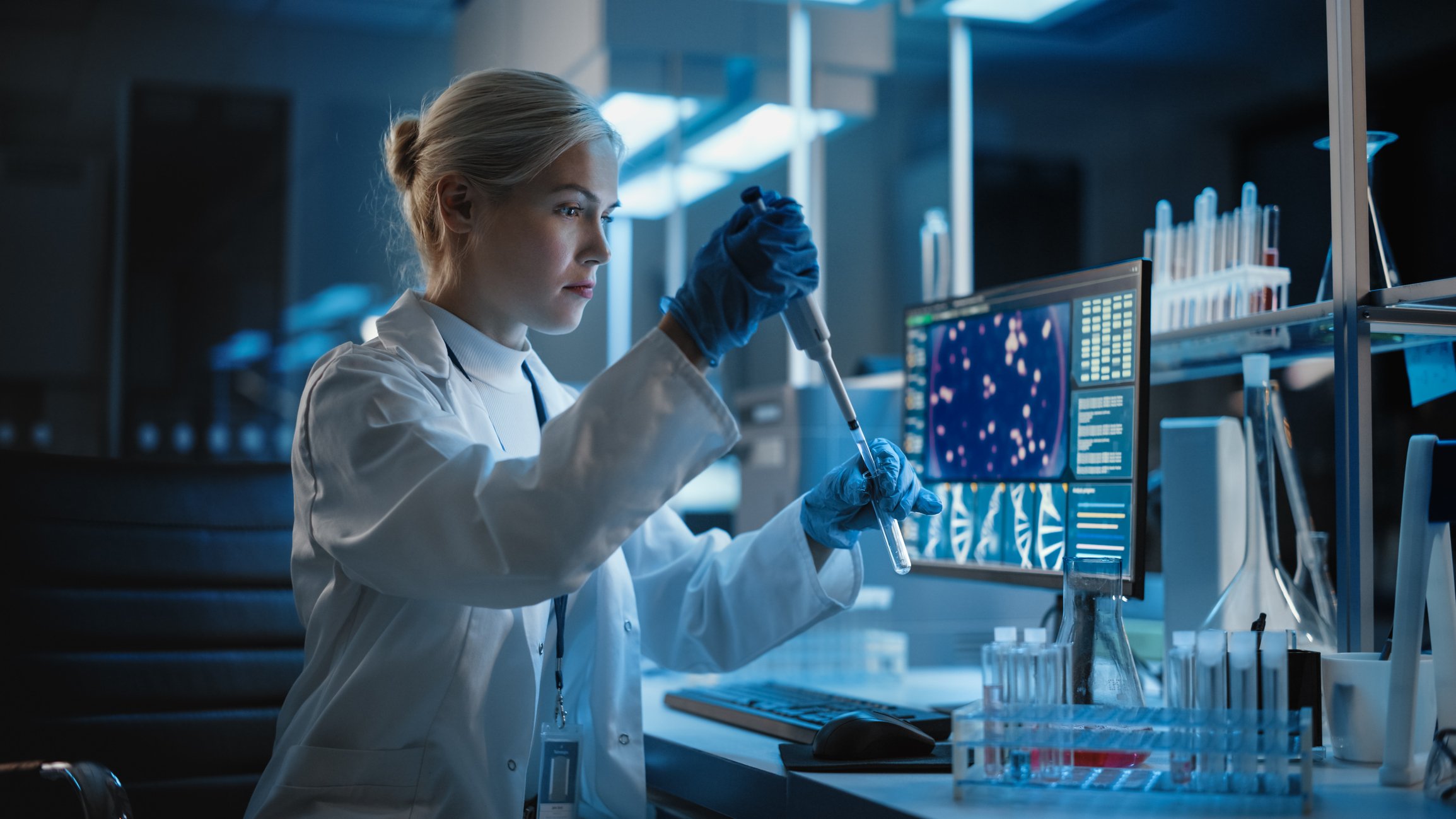Investors knew ahead of the Nov. 6 arrival of Puma Biotechnology's (PBYI 1.45%) third-quarter update that the report was going to be an important one. The question on everyone's mind was pretty straightforward: Had the company been able to do anything to address physicians' waning enthusiasm for its only drug product?
An alarming number of patients prescribed Nerlynx -- approved as an adjuvant therapy for patients being treated with Herceptin for hormone receptor-positive HER2-overexpressed breast cancer -- had been discontinuing treatment due to severe side effects, namely diarrhea. Puma Biotechnology has responded by encouraging patients to start with lower doses and was given regulatory approval to update the label to increase awareness of a drug combination that can reduce the most serious side effect.
It's too soon to claim that these tactics will be successful, but the pharma stock has gained 33% since the beginning of November, suggesting investors are slowly gaining confidence in the plan. Can it really be that simple?

Image source: Getty Images.
The financial background
That 33% jump in stock price needs a little context. Puma Biotechnology is still valued at just $350 million even after those gains. In other words, it was probably a little easier for investors to give the company the benefit of the doubt considering the stock was trading near an all-time low before the latest results came out.
It's also important to point out that the Q3 2019 financial results offered little to reduce anxiety levels among investors. The company generated $53.5 million in net product revenue during the period, slightly less than the $53.8 million generated in the second quarter, and slightly more than the $52.6 million from Q3 2018. Investors have come to accept its stagnant revenues for the time being.
While Puma reported an operating loss of $14.4 million in Q3 2019, it has significantly reduced the scale of its operating losses in the first nine months of the year compared to the same period of 2018. That will help, considering its balance sheet sported just $110 million in cash at the end of September, but the end of the runway is in sight.
|
Metric |
First 9 Months of 2019 |
First 9 Months of 2018 |
YoY Change |
|---|---|---|---|
|
Product revenue |
$152.9 million |
$139.4 million |
10% |
|
Licensing revenue |
$56.2 million |
$40.5 million |
39% |
|
Royalty revenue |
$200,000 |
$0 |
N/A |
|
Total revenue |
$209.3 million |
$179.9 million |
16% |
|
Costs and operating expenses |
$239.7 million |
$256.0 million |
(6%) |
|
Operating income |
($30.4 million) |
($76.1 million) |
N/A |
Data source: Press release. YoY=year over year
That said, all eyes are on the company's plan to increase the number of patients who remain on Nerlynx treatment for the maximum 12-month period. The strategy has two components.
One step backward, two steps forward?
First, Puma Biotechnology has been increasing the number of patients who start with a low-dose treatment, defined as fewer than six pills per day. An estimated 25% of all new patients in October started with the lower dose, compared to 18% in Q3 2019 and just 6% in Q4 2018. This shift will weigh on the number of bottles sold, but the potential to rebuild the drug's reputation among doctors and grow the number of total prescriptions makes it a worthwhile trade-off.
Second, Puma Biotechnology may have found a solution to the high discontinuation rate among patients taking Nerlynx: co-prescribing a new combination of antidiarrheal drugs. Severe diarrhea is the most common reason patients stop taking the adjuvant therapy, but results from a new study suggest there's an easy way to address the problem.
Of the patients prescribed the antidiarrheal loperamide, only 55% completed one year of treatment with Nerlynx. But nearly 80% of patients prescribed both loperamide and budesonide stuck with Nerlynx for a full year. The U.S. Food and Drug Administration approved adding a recommendation for the new combination to the label for Nerlynx, which should increase awareness among doctors and patients.
That could help to get Nerlynx sales back on a growth trajectory in the long run, although investors will get another important update in the next month or so. Puma Biotechnology is studying additional combinations of antidiarrheals with both a fixed dose of Nerlynx and dose escalation of Nerlynx. The latter will help to determine if there's an added benefit to starting patients on a low dose of the drug -- or if the low dose is even needed for patients taking it in conjunction with the new combination of loperamide and budesonide. If not, then investors could find more reasons to celebrate, as the number of bottles sold could increase faster than currently expected. The results of that study are expected before the end of 2019.
Hanging in there, but with a long way to go
The perseverance of Puma Biotechnology is encouraging, especially given the fact that Nerlynx is the only treatment it has on the market or in its pipeline. While the drug's ultimate market potential may have taken a permanent hit, putting a $1 billion annual sales target out of reach, it's not unreasonable to expect the product to deliver comfortable levels of profitability -- if the new dosing strategies pan out.





